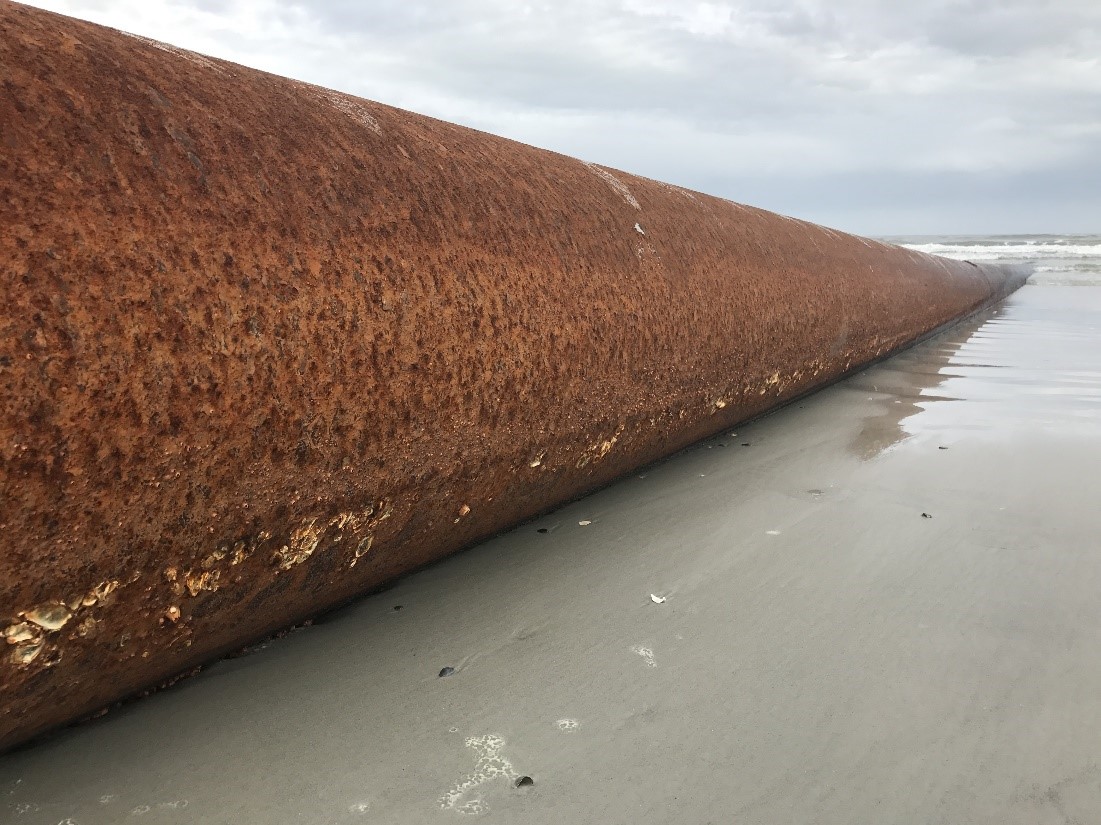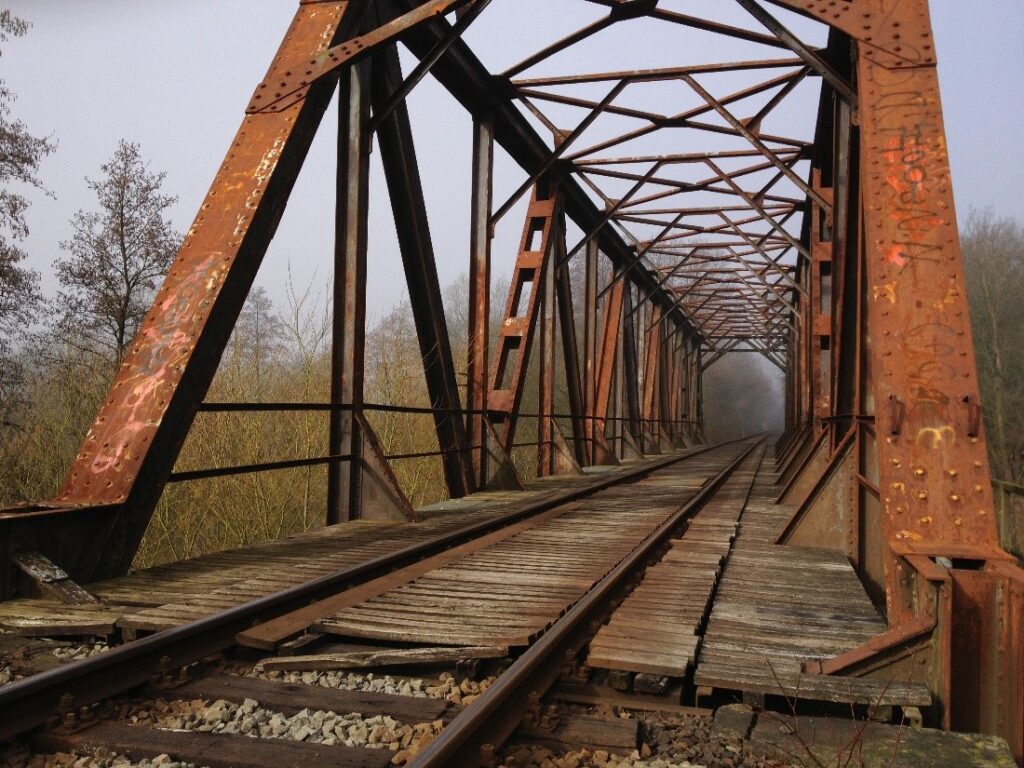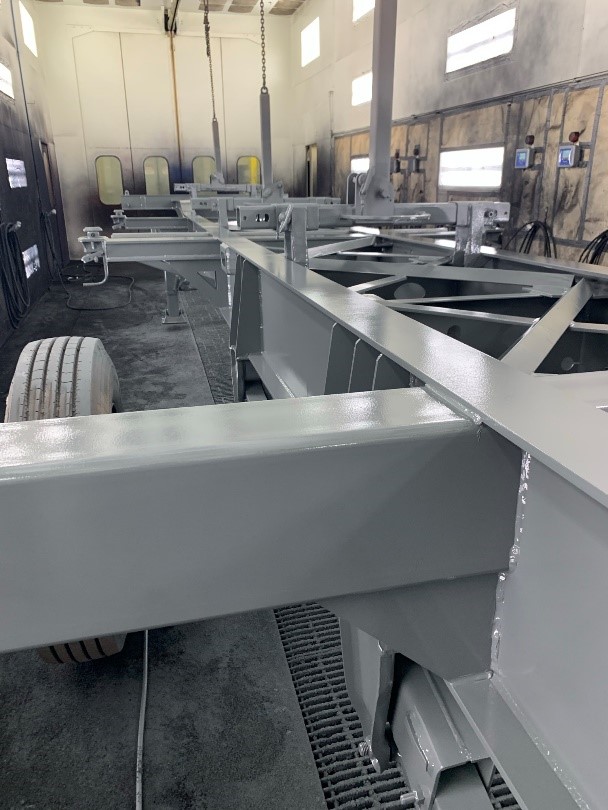Galvatech 2000 is recruiting a business development manager.
Galvatech 2000 is seeking a Business Development Manager to play a key role in its growth in Quebec and internationally. If you have strong experience

Corrosion and rust often lead to confusion, and the two terms are frequently interchanged. This is common to hear someone exclaim, “OMG, it’s rusted!” However, it is crucial to distinguish between rust and corrosion, considering that rust is merely a specific manifestation of metallic corrosion, which is, in fact, relatively harmless.
Corrosion
Corrosion is a complex chemical process resulting from the interaction between a metal and its environment, often in the presence of oxygen, humidity, and contaminants such as chlorides/salts. This can lead to the gradual deterioration of the metallic material, affecting its strength and durability. Salts from various sources, such as oceans, de-icing agents, and efflorescence in concrete, among others, act as corrosion accelerators by increasing electrolyte conductivity, thereby accelerating the deterioration process. Corrosion is manifested by a loss of mass, often appearing as a black color in the substrate pits.
Metals can be susceptible to various types of corrosion, including:
Rust
On the other hand, rust results from iron oxidation when it reacts with oxygen in the air and moisture, forming a layer of iron oxide. The characteristic red or brownish color distinguishes it, and the loss of metal mass is relatively low. Oxidation is, in fact, the natural stable form of iron ore.

Protection and Prevention
It is rare for corrosion to develop when rust is already present because, depending on the exposure conditions, either rust or corrosion will take place.
Understanding the mechanisms of each corrosion type is essential for developing prevention and protection strategies. Paints, corrosion-resistant alloys, and controlled environments can all contribute to minimizing the harmful effects of corrosion on metallic materials.
In conclusion, it is essential to recognize the difference between rust and corrosion. Decontamination and surface preparation are directly linked to long-term performance, and the choice and application of coatings are crucial in terms of performance.
Rust-Anode Technology
Our coatings are specially designed to act as hot-dip galvanization and/or metallization, providing cathodic protection to steel structures exposed to corrosive environments, atmospheric salt, freshwater immersion, and saltwater. They are also used as an alternative or refurbishment of galvanization and metallization.
Contact us to learn more about application possibilities.

The Rust-Anode® technology allows for on-site zinc recharging of new or used structures damaged by rust or corrosion and offers the same performance as hot-dip galvanization.
Galvatech 2000 is seeking a Business Development Manager to play a key role in its growth in Quebec and internationally. If you have strong experience
Prepare, Apply and Control with Precision In the coatings industry, a clear specification is far more than a simple costing tool. It is a true
In 2024, Trifluvienne Pneus & Mécanique SL turned to Galvatech 2000 to extend the service life of their galvanized metal roof, which had been in